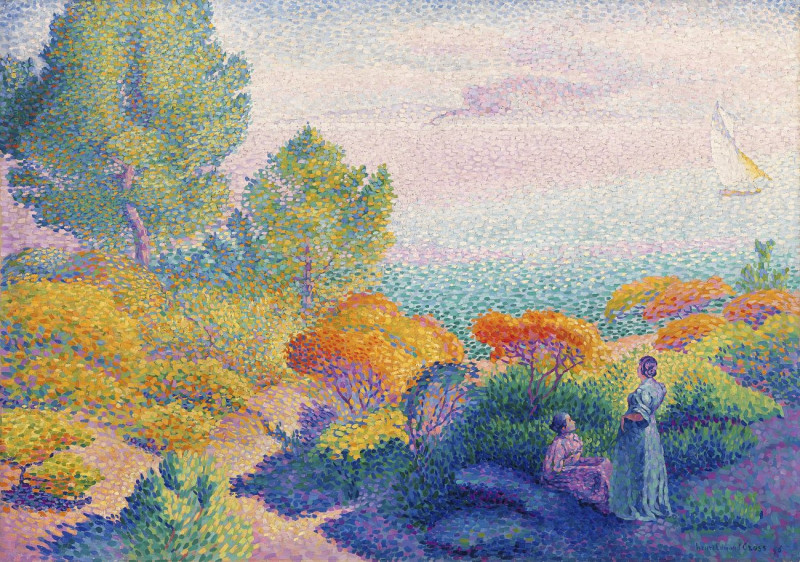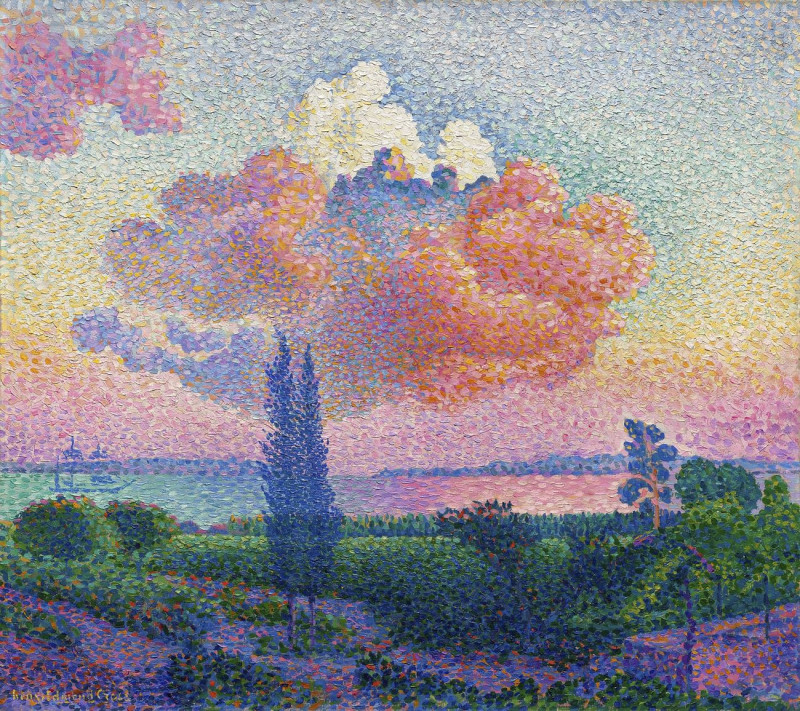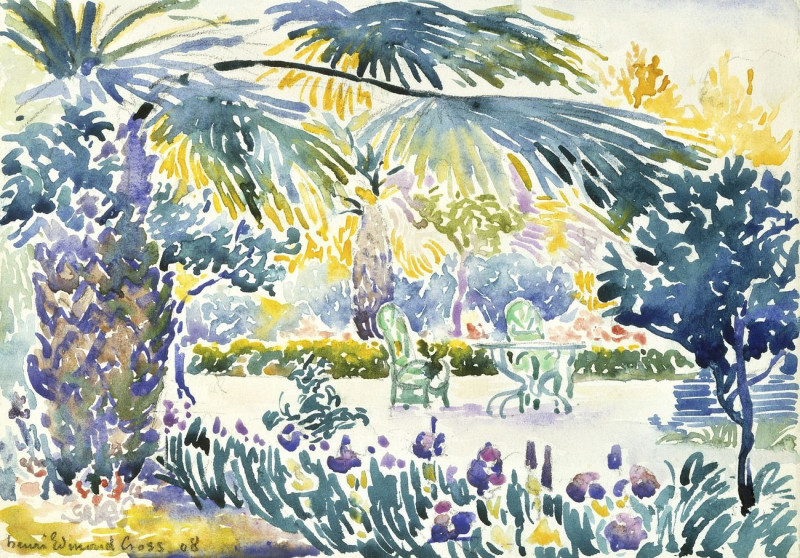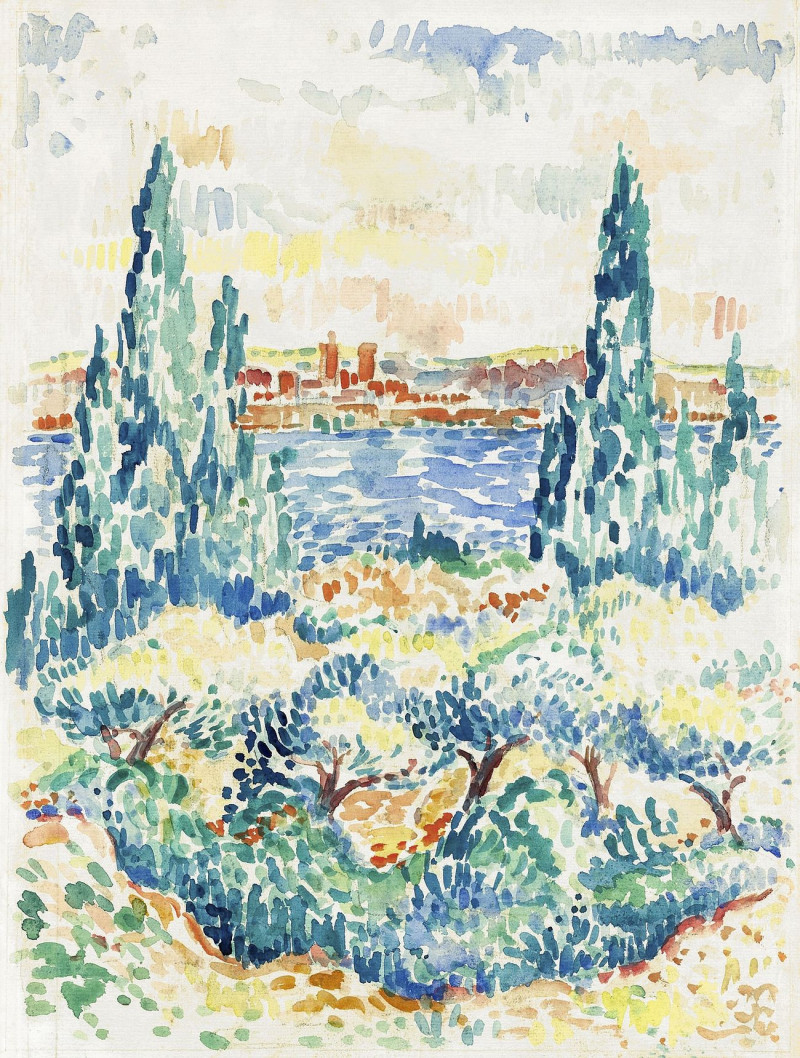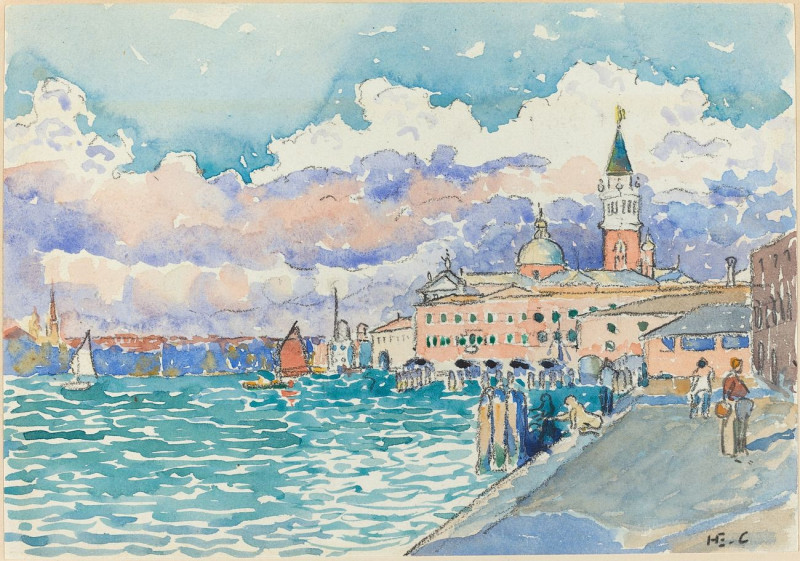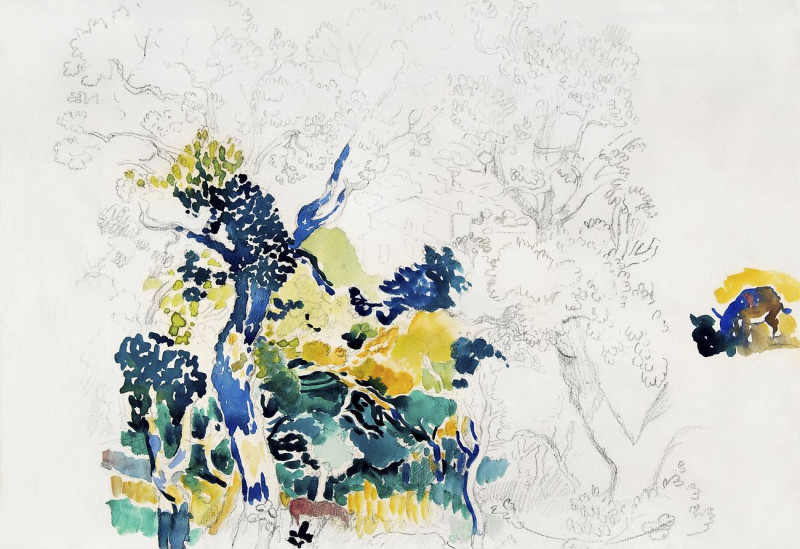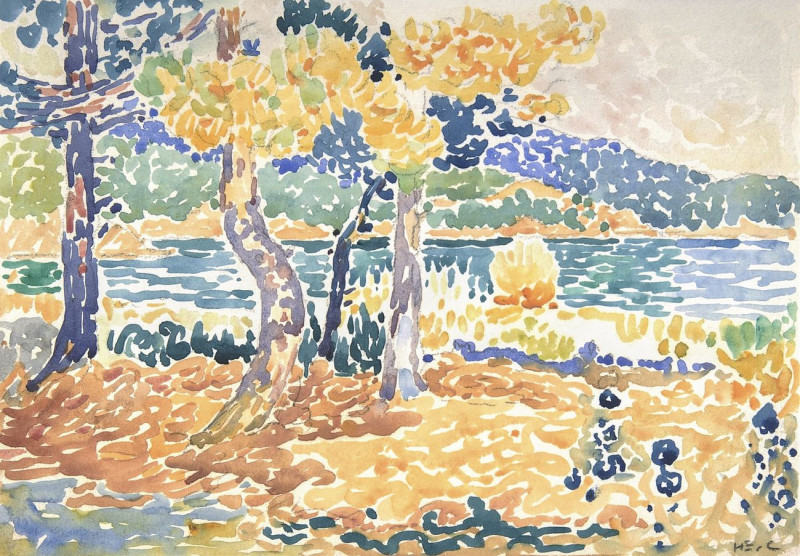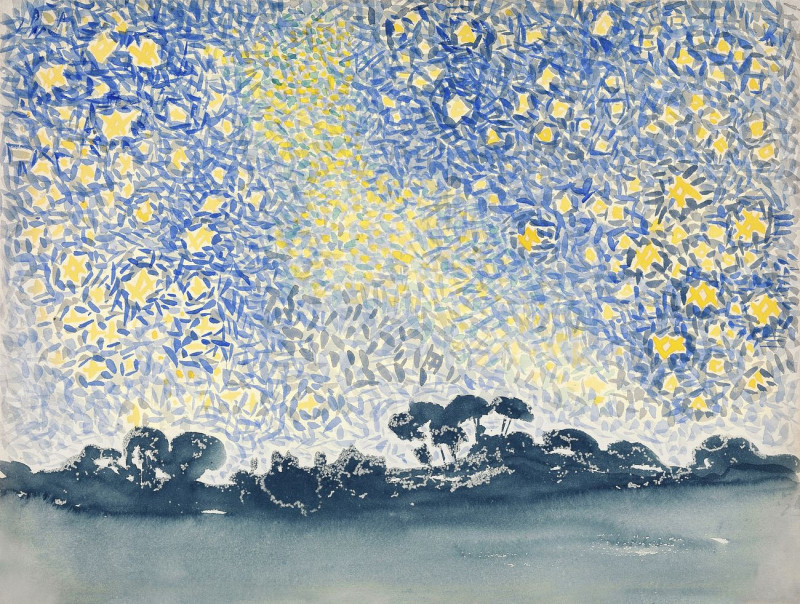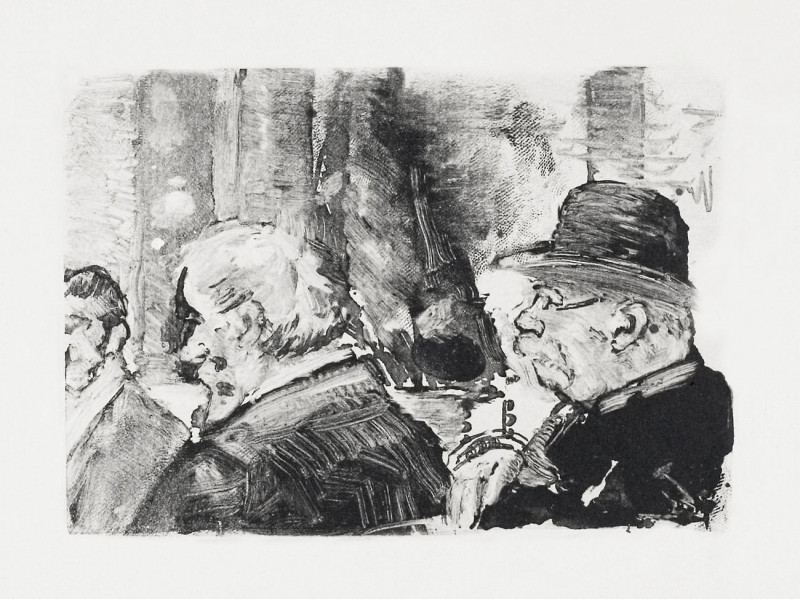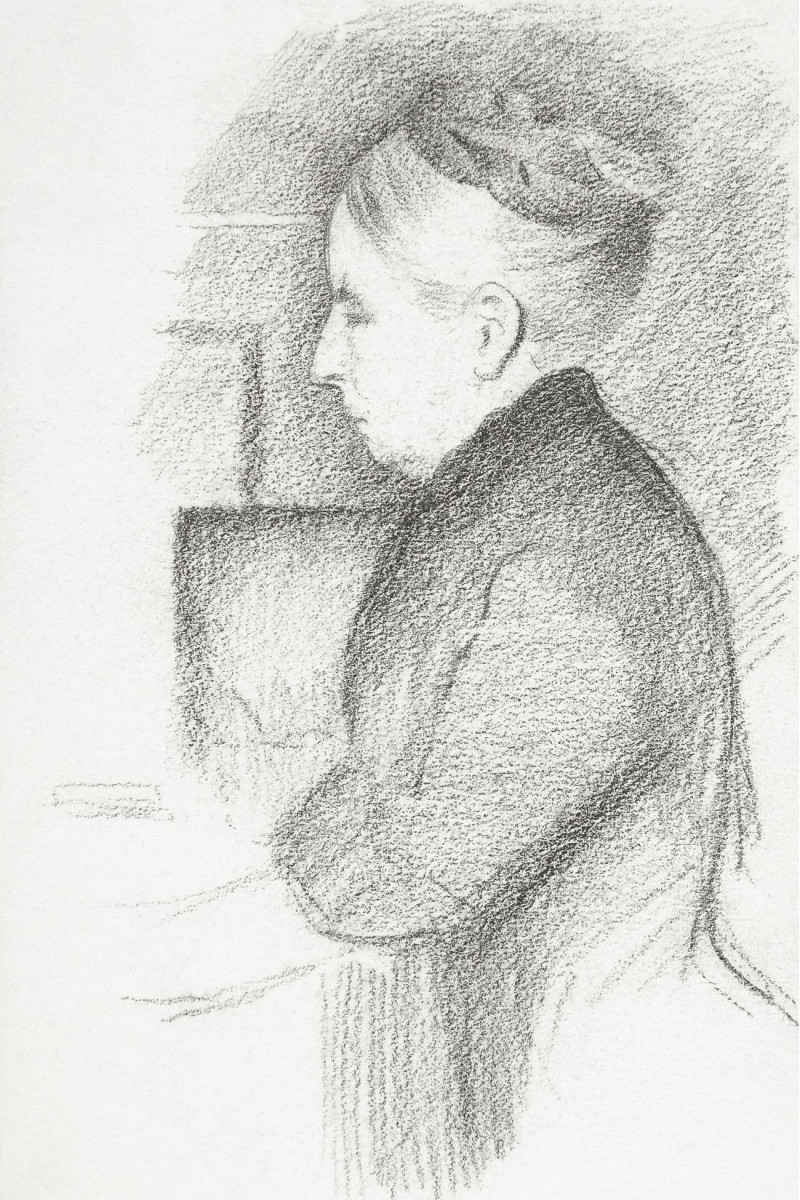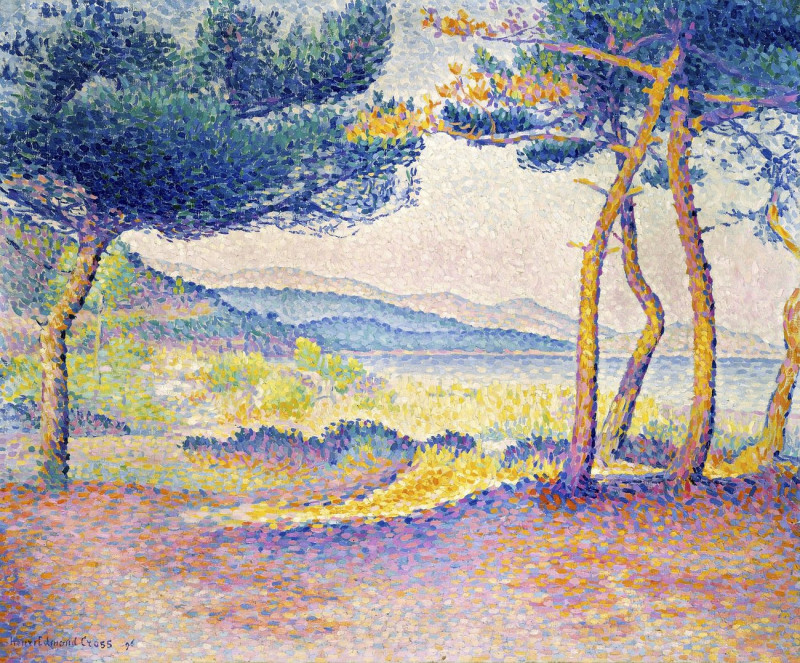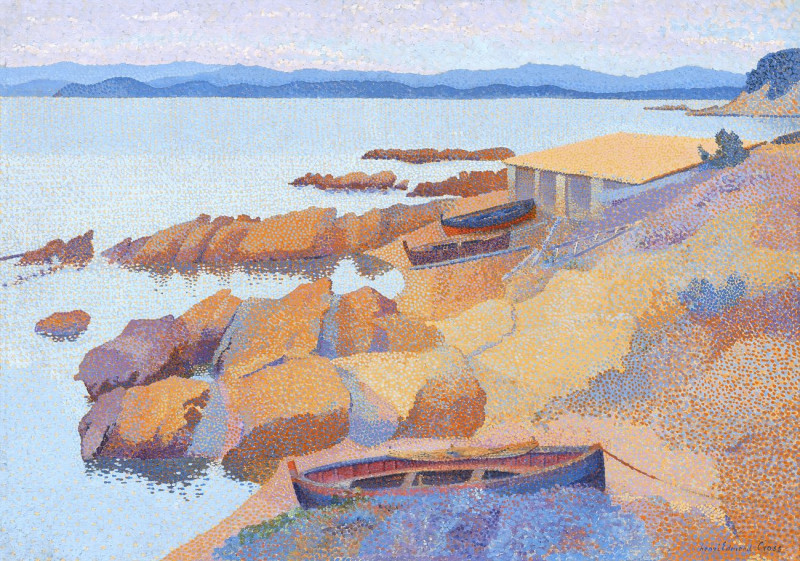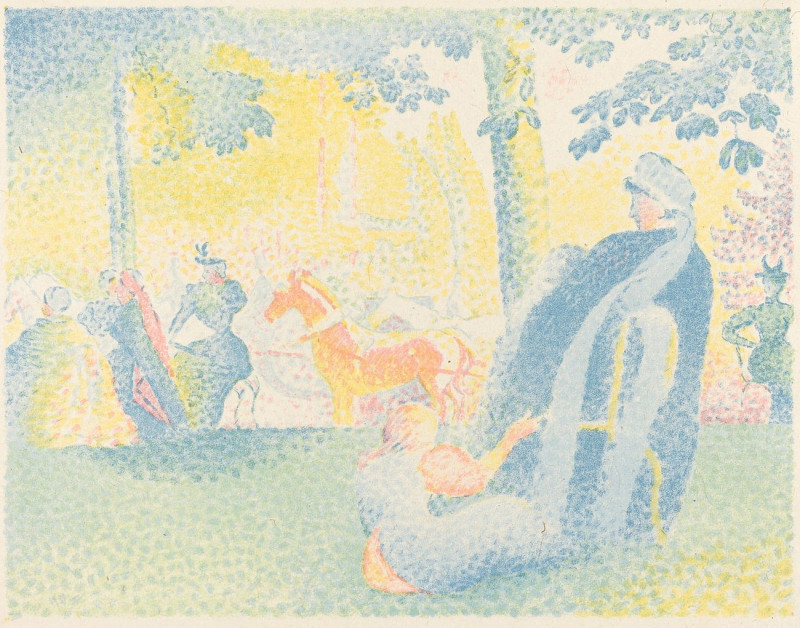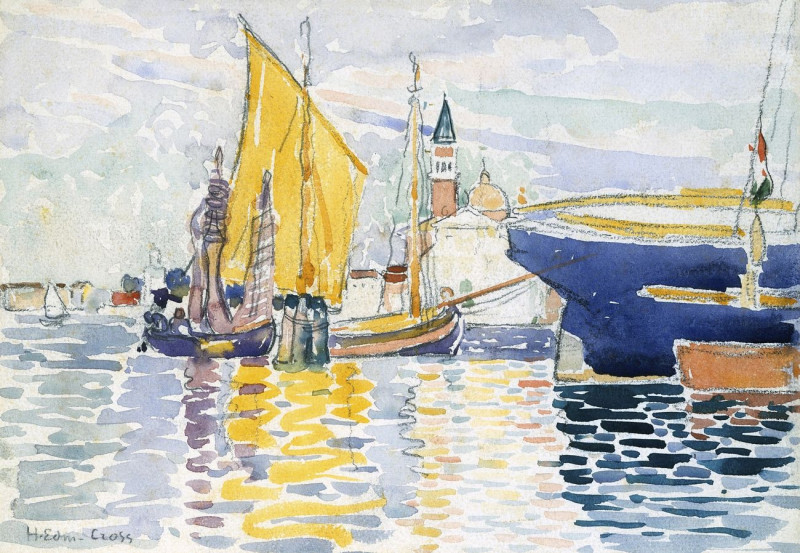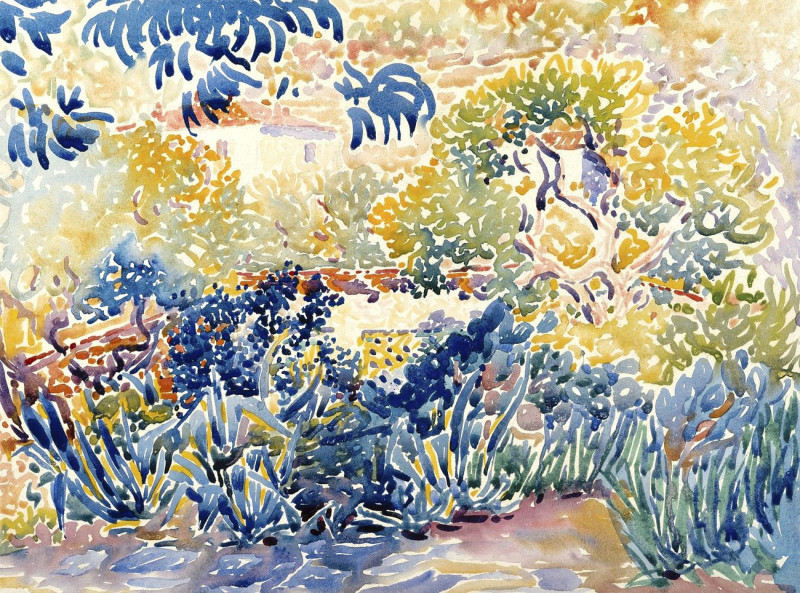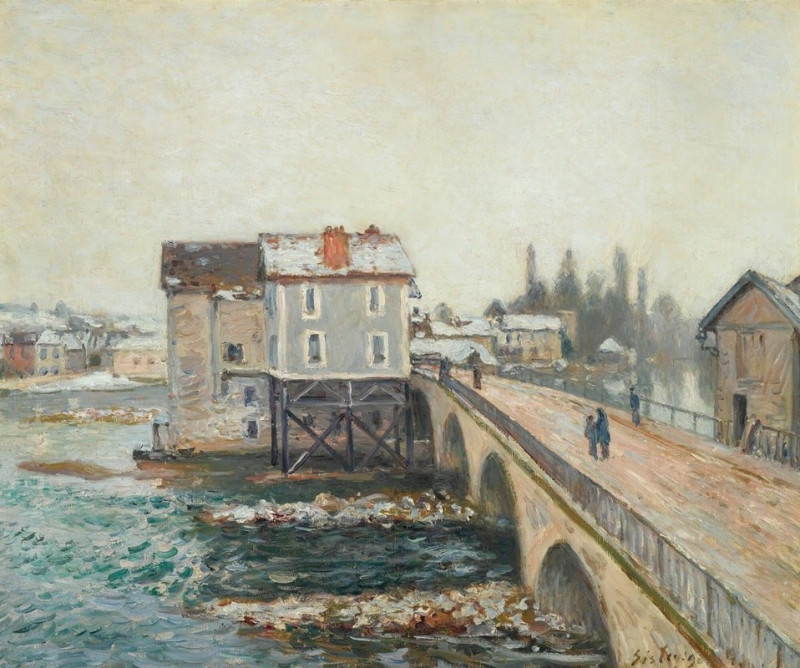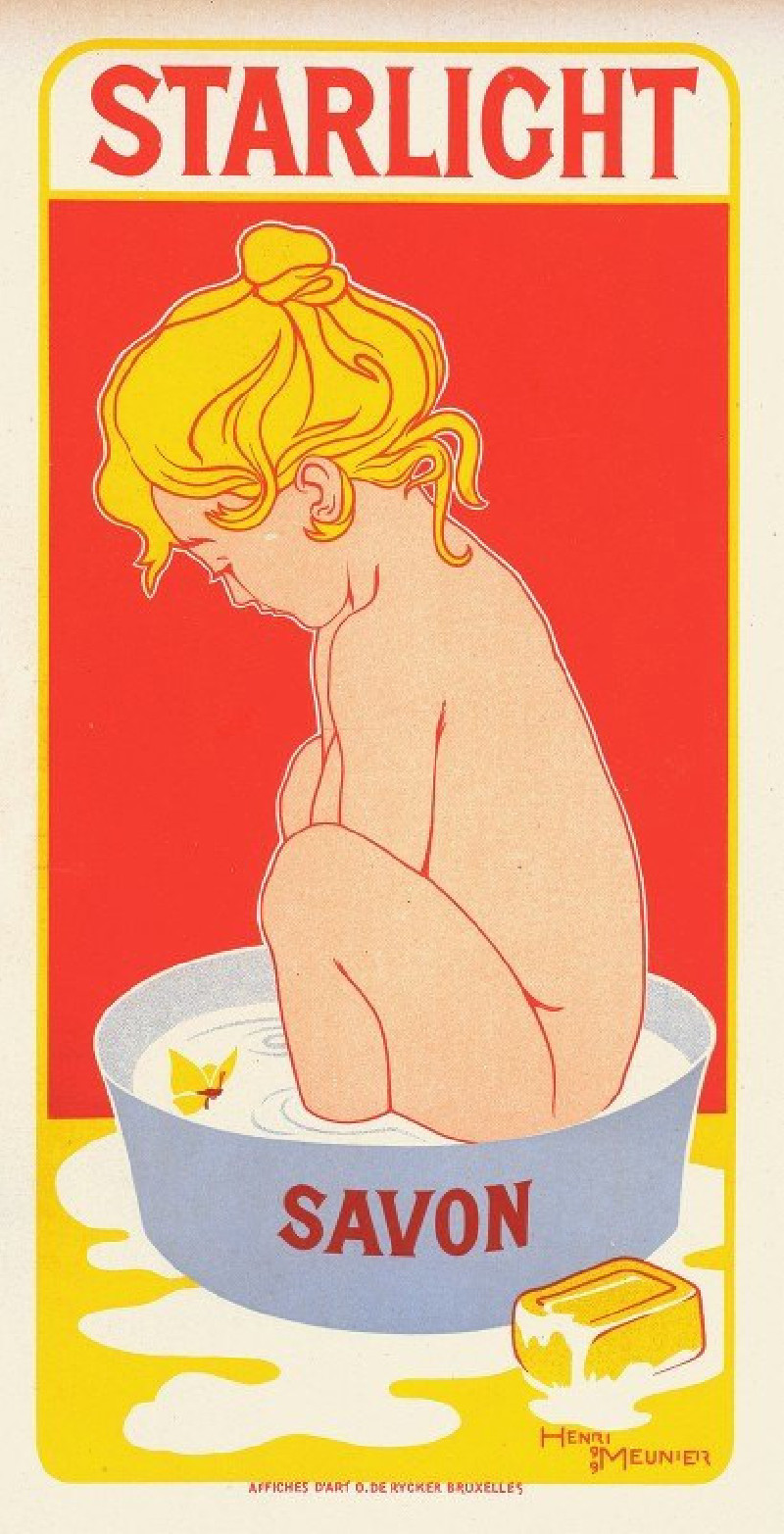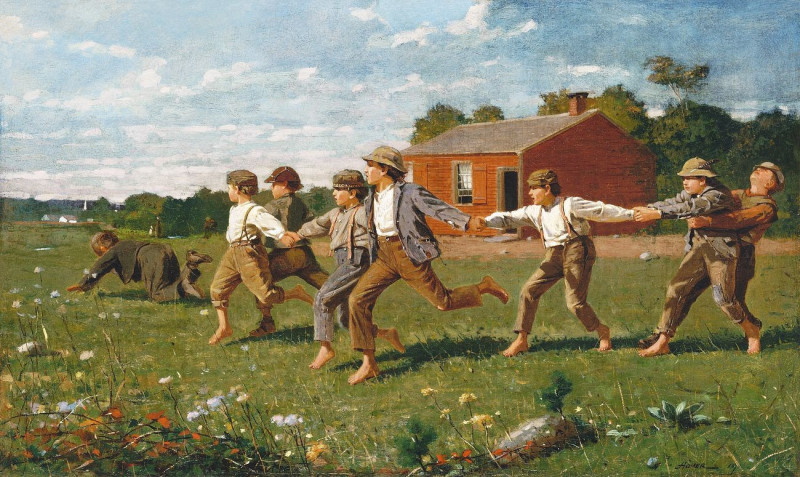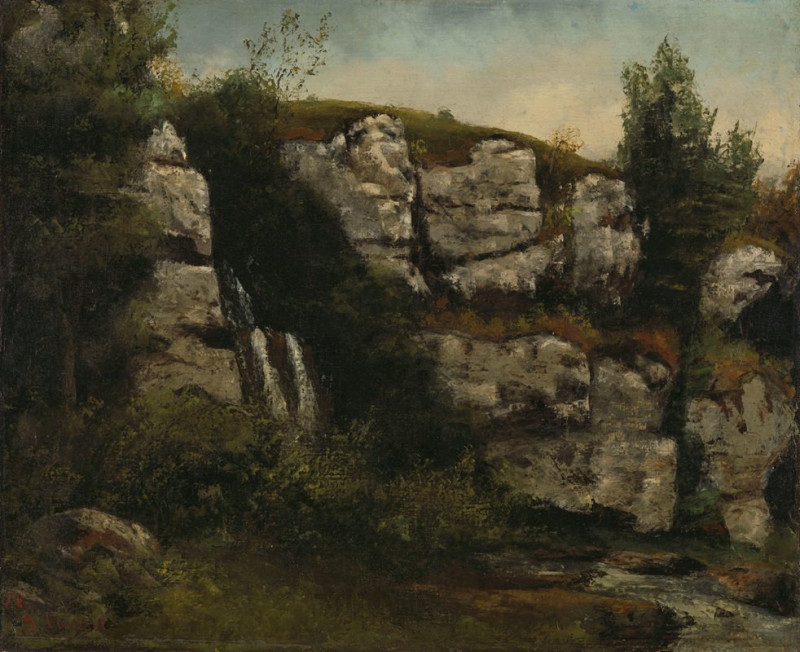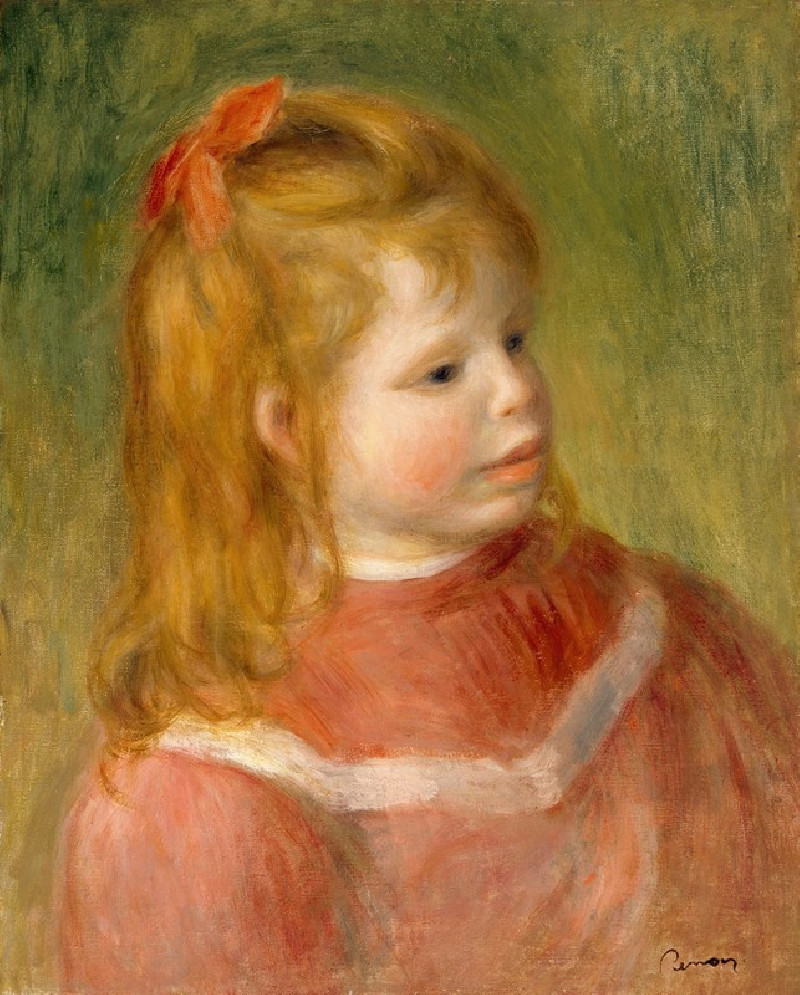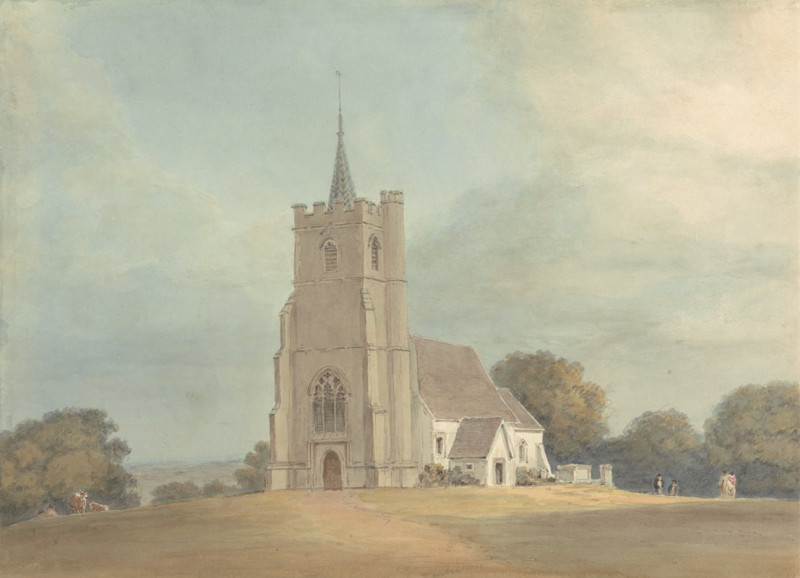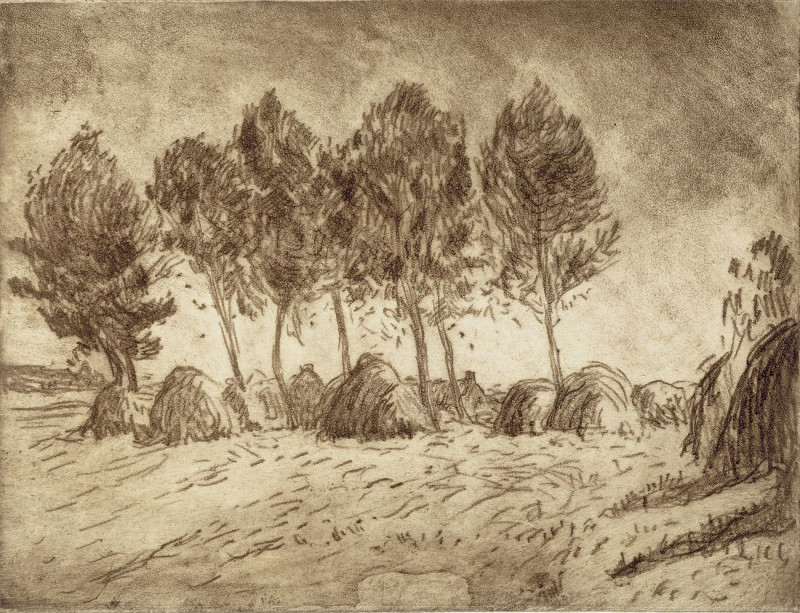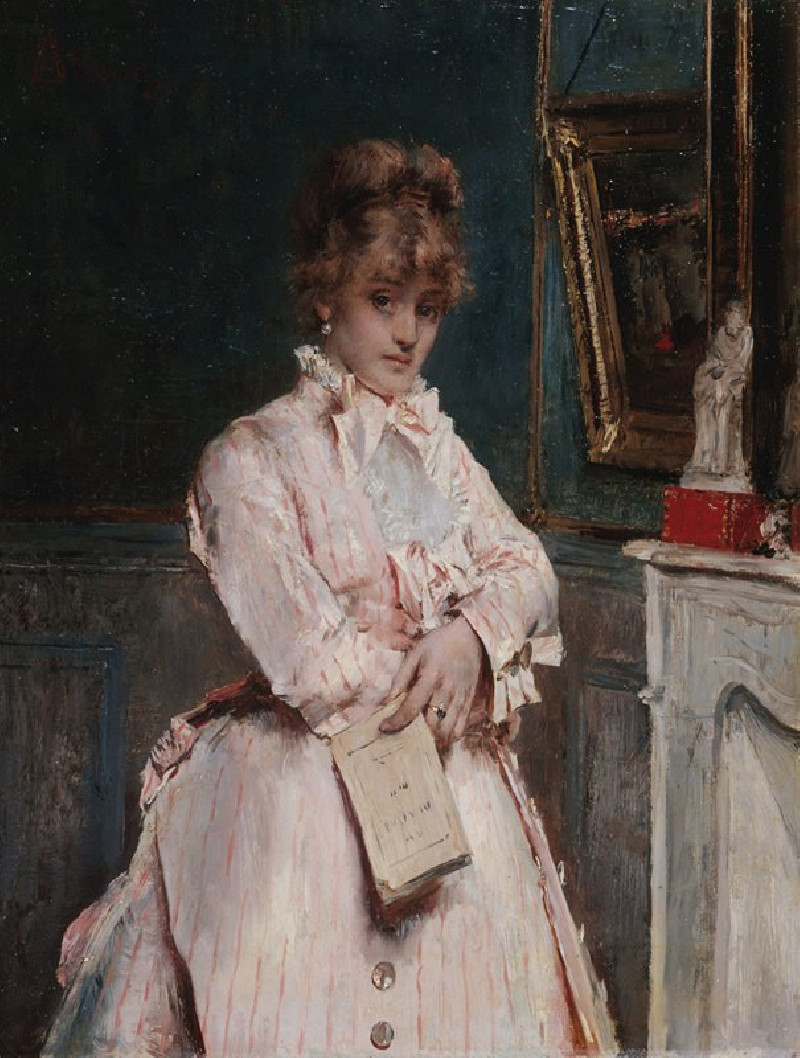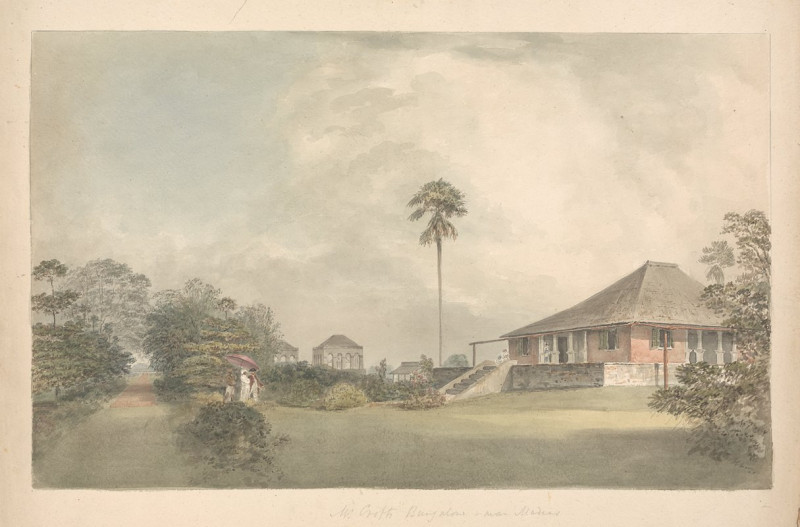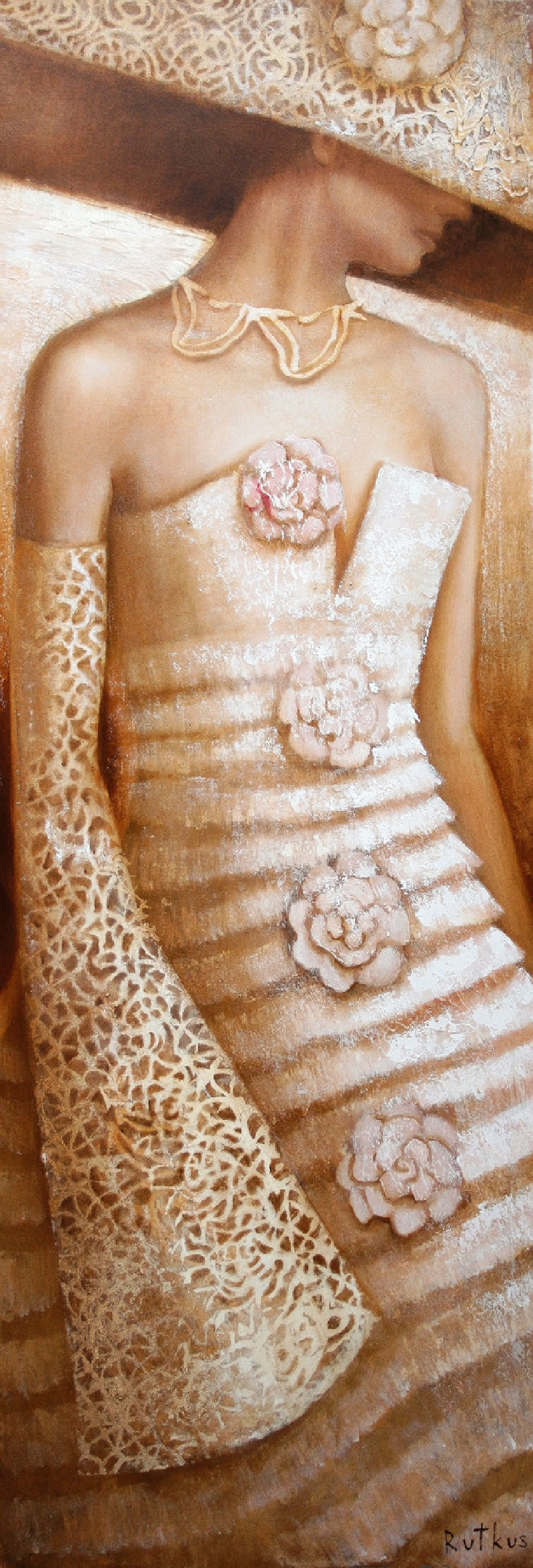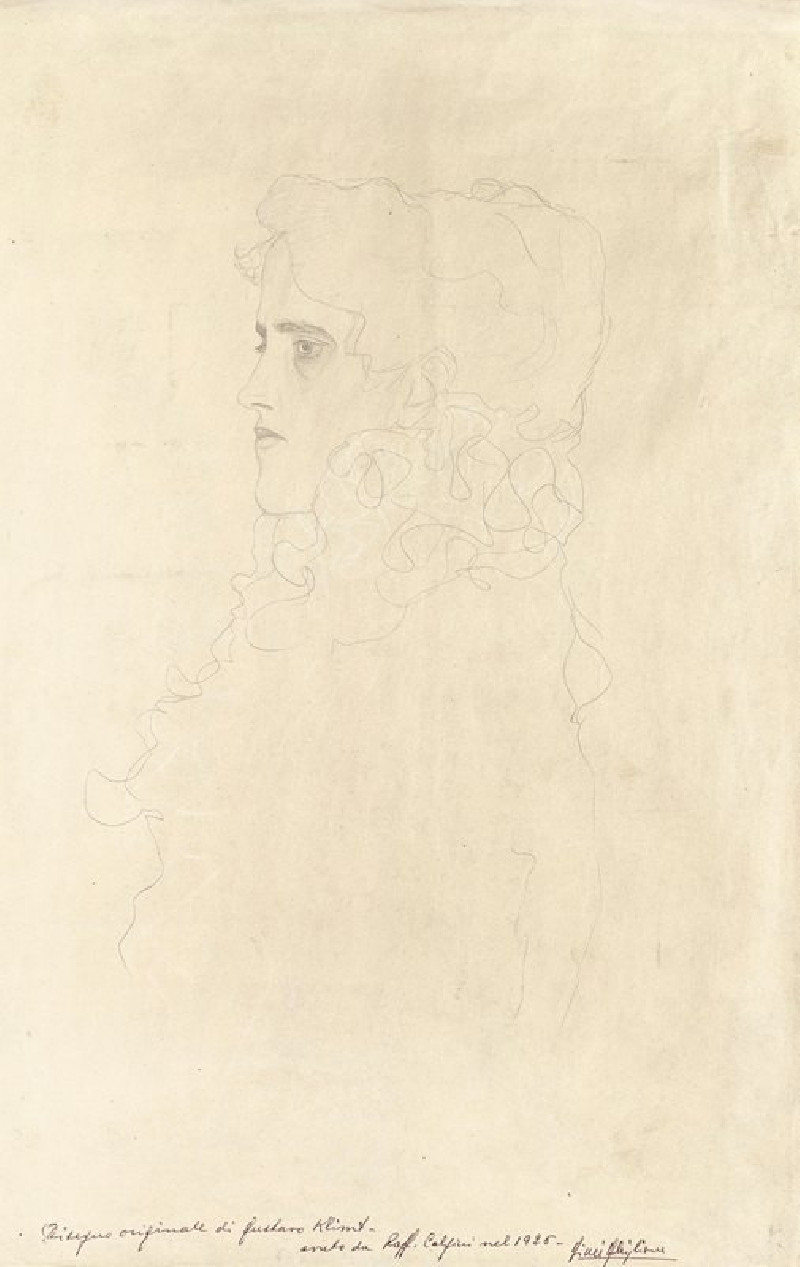Two Women
Technique: Giclée quality print
Recommended by our customers
More about this artwork
The painting titled "Two Women" by Henri Edmond Cross is a vibrant and color-rich landscape that exemplifies the Neo-Impressionist approach to art, prominently characterized by the technique of pointillism. This method involves the application of small, distinct dots of color that are optically blended together when viewed from a distance.In this painting, the canvas is dominated by a lush and vivid natural setting. The foreground features two women—one seated and the other standing—with their attire elegantly rendered in soft shades of blue and purple that harmonize with the surroundings. The background extends into a mesmerizing view of the sea, underscored by gentle gradients of blues and purples that suggest a tranquil ocean. The painting captures a fleeting, peaceful moment in nature, with a distant sailboat barely visible on the horizon, adding a sense of serene movement to the seascape.The landscape is dotted with trees and bushes, rendered in an array of warm oranges, yellows, and greens, suggesting the vibrancy of a sunlit day. The technique of pointillism creates a shimmering effect, as though the entire landscape is bathed in sunlight flickering through moving leaves and rippling water.Overall, Cross's "Two Women" is not only a visual exploration of color and light but also invokes a deep sense of harmony and tranquility, representative of the artist's intent to capture the beauty of nature and the serene interaction of figures within it.
Delivery
Returns
Henri-Edmond Cross (1856-1910) was a French artist known for his Pointillism paintings of landscapes and still life. He co-founded Société des Artistes Indépendants in Paris, where he met and was inspired by the Neo-impressionist painter Seurat. Due to rheumatism, Cross moved to the south of France, where Signac was also based. Together they abandoned the tiny colored dots of Pointillism for orderly brushstrokes in the style of mosaic. This was second generation Neo-Impressionism, and laid a path for Fauvism.

